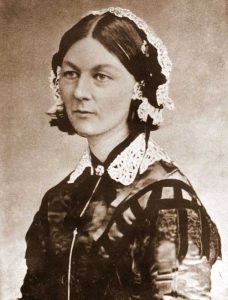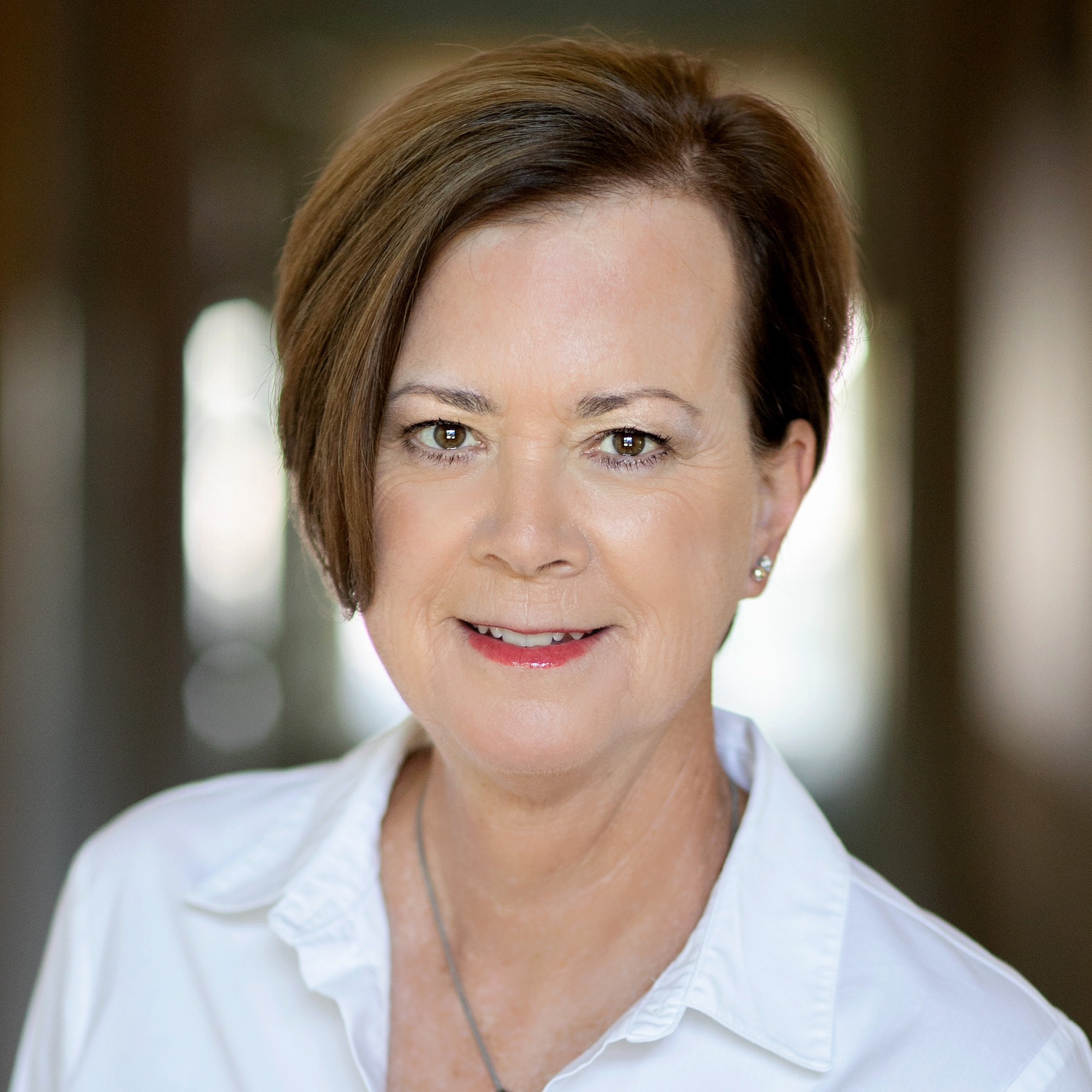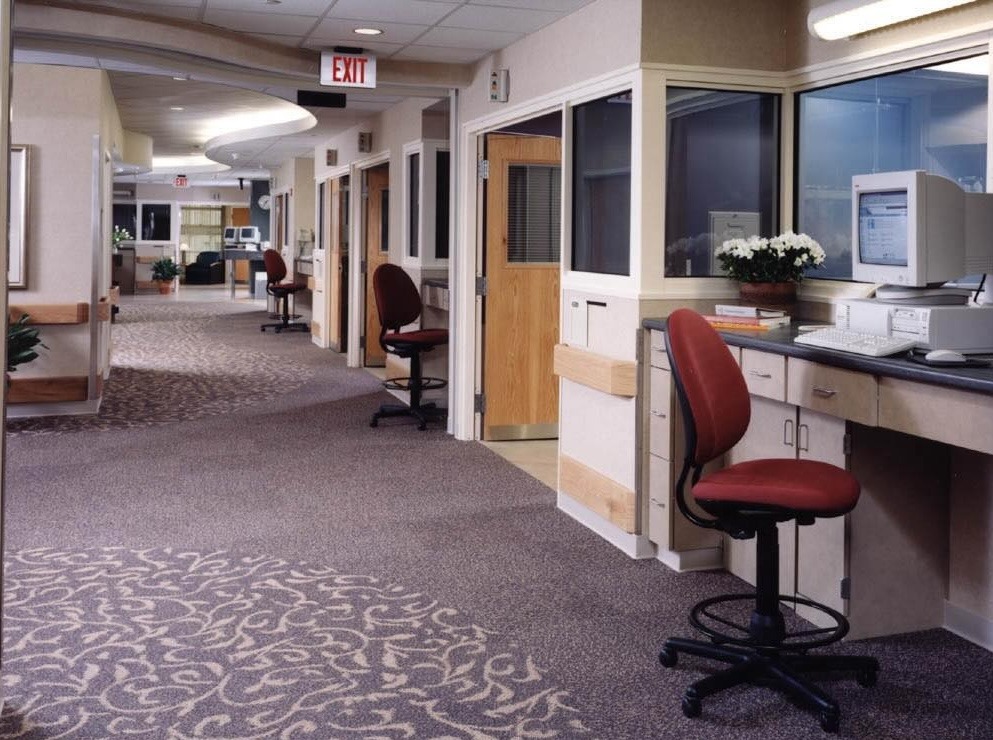
Okay, it may be a bit of a stretch to call Florence Nightingale an architect, but I was reminded of her impact on hospital design as I read the first chapter in the book, Nurses as Leaders in Healthcare Design, edited by Jaynelle Stichler and Kathy Okland.
In that chapter, Stichler and Terry Zborowsky present a detailed account of Nightingale's life and her influence on hospital design.
About Nightingale's arrival at the British hospital barracks during the Crimean war in 1854, they write: "Observing the deplorable conditions and the effect on wounded soldiers' physical and emotional status, Nightingale demonstrated significant leadership and courage, making changes in the environment to support healing and prevent infections."
Several years later, in Notes on Nursing, Nightingale presented her ideas on the need for sanitation, hygiene, clean water, light, fresh air, etc. All elements, as Stichler and Zborowsky point out, form the framework of today's healing environments.
So, not only was she the first healthcare architect, Nightingale was also the mother of healing environments.
More Facts on Florence
Here are some other fun facts about Nightingale from the book chapter:
- She was born in Florence, Italy, to wealthy parents
- A trained statistician and epidemiologist, she was the first to document the morbidity and mortality data of wounded British soldiers
- She wrote more than 200 reports and books and was recognized for her expertise in nursing, hospital administration, hospital design, statistics, epidemiology, nursing education, school administration, military healthcare, and healing environments
- Serving in the Crimean war, she acquired a chronic illness
One more fun fact that I came across recently is that in the years following her return from Crimea, Nightingale is estimated to have written more than 13,000 notes and letters. She would have loved email.
If you're interested in reading some of those notes and letters, check out the Florence Nightingale Digitation Project, which has created a free, searchable online database of 1,900 items. Hospital design and construction is one of the search categories.
Note: This post was first published May 20, 2016.
P.S. Please do me a favor -- if you liked this post and like this blog, please share it with others by sending them the link and/or post it on your Twitter, LinkedIn, or Facebook, etc. Also, don't forget to subscribe so you'll get emails when new content is posted. Thanks!






